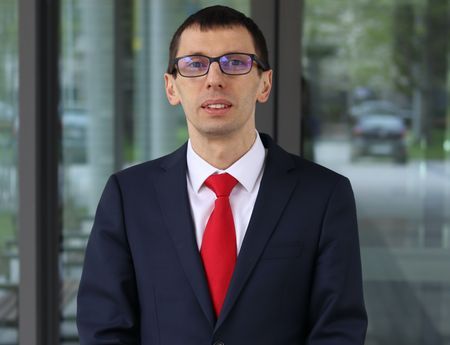
Henry Ford revolutionised the world of automobiles with his Model T, allowing for rapid development of personal transportation. That situation bears a very close resemblance to what is now happening in genomic research.
In 2007, sequencing a full genome cost as much as a few million dollars. The ingenious invention of DNA sequencers, which are based on a wholly different sequencing principle – called the Next Generation Sequencing – has caused that cost to decrease dramatically. By 2013, the cost of sequencing a full genome dropped to several thousand dollars. The length of the process has also been reduced to a fraction of the previous one – a few days instead of years.
It should come as no surprise, then, that the amount of data gathered in genomic experiments is increasing fast. Here is an example: in 2009, there were only two full sequences of breast cancer, while in 2013, there were six thousand. This enormous leap forward was only possible by discontinuing the use of traditional research methods based on gel electrophoresis and employing parallel sequencing of DNA taken from multiple patients. Although the quality of the data is lower, the quantity provides more than adequate recompense.
Does it not remind one of Henry Ford, who made cars available for the general public by introducing just a single model offered in only one colour? To this day, we experience social and economic ramifications of that action. The case of NGS is very similar: it allowed for a closer look at the genome structure of various organisms, disease pathogenesis, and mechanisms of treatment response, thereby opening many new fields of research.
The NGS technology has its weak points, since it requires conscientious preparation of test tubes and complicated bioinformatic analysis. However, as in the case of Model T, it sparked a revolution in the field of DNA sequencing. New models of DNA sequencers are introduced on a regular basis, assuring further development of this branch of research.
For more information, please visit our website and YouTube channel.
Original text: Dr Agnieszka Ludwig-Gałęzowska, Center for Medical Genomics OMICRON





